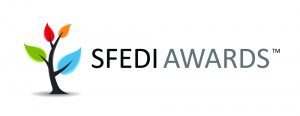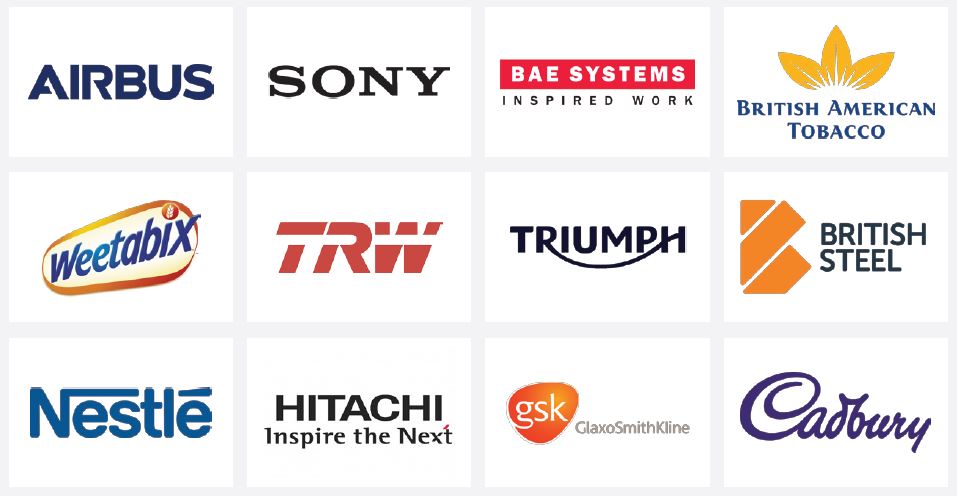The Level 3 Diploma in Introduction to Logistics and Transport Management course is designed for individuals working in the logistics and transport sector who wish to develop their knowledge and skills further. This course will help you build a strong foundation to succeed in experienced operative and first-line management roles, while also preparing you for other key responsibilities within the global supply chain.
The aim of logistics is to deliver the right product to the right customer in the right condition, at the right time and place, and at the right cost.
If managed correctly, logistics ensures that supply and product inventory are not needlessly accumulated or wasted, thus adding value to a business.
Studying a Diploma in Logistics and Transport with IoSCM will help you expand your knowledge of the management of logistics and why it is vital to modern business operations, while advancing your capabilities in a fast-paced, exciting and evolving industry.


